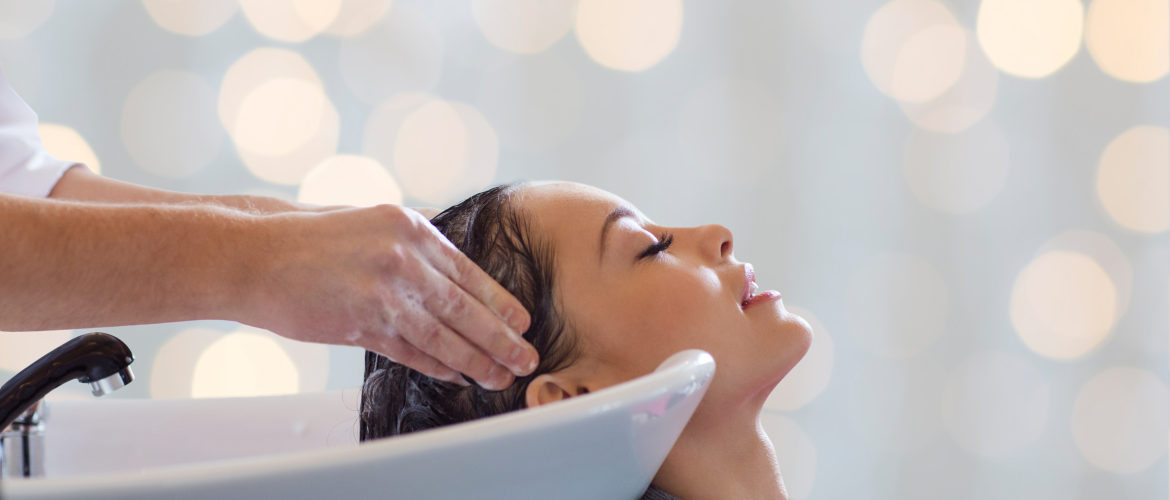Hidden Risks of Hair Treatments: A Must-Read Safety Guide

Who doesn’t dream of having beautiful hair? We all do! But while hair treatments promise amazing results, there’s a catch. Behind the glitz and glamour, there are some hidden dangers you need to know about. In today’s fast-paced world of beauty trends, it’s important to understand what’s really going on.
Did you know that only 5% of patients experienced symptoms of scalp irritation after 52 weeks of treatment? This statistic might offer some reassurance, but it’s just the tip of the iceberg when it comes to understanding the risks involved.
So, keep on reading this article and gain deeper knowledge to make informed decisions about hair care.
Understanding Chemical Exposures of Some Popular Treatments
When it comes to hair treatments, chemicals play a significant role in achieving desired results. From straightening to coloring, these products contain a cocktail of potent substances that can positively and negatively affect your hair and scalp.
1. Chemical Straightening
Chemical straightening treatments, also known as relaxers, break down the bonds in the hair shaft to alter its structure. While this can result in sleek, straight hair, it also involves exposure to harsh chemicals like formaldehyde and sodium hydroxide. Prolonged exposure to these chemicals can lead to scalp irritation, hair breakage, and even more serious health concerns.
So, if you’re considering chemical straightening, it’s essential to approach it with caution. Double-check every aspect of the treatment process, from the products used to the qualifications of the professionals administering the treatment. If you experience any adverse effects, don’t hesitate to seek guidance from medical professionals or legal experts.
Professionals can provide valuable advice on how to address health concerns, ensuring your well-being is prioritized. Additionally, legal experts can inform you of key facts about filing a hair relaxer lawsuit, empowering you to take appropriate action if necessary. Furthermore, they can assist victims across the country in obtaining monetary compensation from companies that sell harmful products.
Your health and safety should always be the top priority, so don’t hesitate to seek support and guidance when needed.
2. Hair Coloring
Most hair coloring products contain chemicals like ammonia and peroxide, which help penetrate the hair shaft and alter its natural color. While these chemicals are effective at achieving desired results, they can also cause damage to the hair over time. Frequent use of hair coloring products can lead to dryness, brittleness, and breakage, especially if you don’t take proper care of it.
In addition to potential damage, some individuals may experience allergic reactions to certain dye ingredients. Symptoms can range from mild itching and redness to more severe reactions like swelling and blistering of the scalp. It’s essential to perform a patch test before using any new hair coloring product to check for sensitivity and minimize the risk of an adverse reaction. Also, be sure to choose high-quality products, follow the instructions carefully, and take steps to protect the health of your hair and scalp.
3. Keratin Treatments
One of the main benefits of keratin treatments is their ability to improve the overall condition of the hair. The keratin protein helps strengthen the hair shaft, reducing frizz and making the hair more manageable. Additionally, keratin treatments can add shine and smoothness to the hair, giving it a healthy and polished appearance.
However, it’s important to note that some of these treatments may contain formaldehyde or other chemicals that can pose health risks. Formaldehyde is a known carcinogen and can cause irritation to the eyes, skin, and respiratory system. Prolonged exposure to formaldehyde fumes during the treatment process can also be harmful.
To minimize the risks, it’s essential to choose a reputable hair salon and inquire about the ingredients used in the products. Some salons offer formaldehyde-free keratin treatments, which may be a safer option for those concerned about chemical exposure.
Precautions and Safety Measures
While hair treatments can be tempting for achieving your desired look, it’s essential to prioritize your health and safety. Here are some precautions you should take.
Read labels carefully: Always thoroughly read the ingredient list and instructions before using any hair treatment product.
Patch test: Perform a patch test on a small area of your skin before applying the product to your entire head. This will help identify potential allergic reactions.
Follow instructions: Strictly follow the manufacturer’s instructions for application, processing time, and rinsing.
Seek professional help: Consider visiting a trusted salon or stylist with proper training in administering hair treatments.
Use protective equipment: To minimize exposure to chemicals and fumes, wear gloves, a cape, and a face mask.
Remember, your health should always come first. If you experience any adverse reactions, such as burns, hair loss, or respiratory issues, seek medical attention immediately and consider consulting a legal professional regarding your options for filing a lawsuit.
Wrapping Up
Hair treatments promise transformative results, yet hidden risks lurk beneath the surface. By educating yourself on these potential dangers and taking necessary precautions, you empower yourself to make informed decisions about your hair care. Let’s ensure your beauty journey is about achieving stunning results and safeguarding your health.
